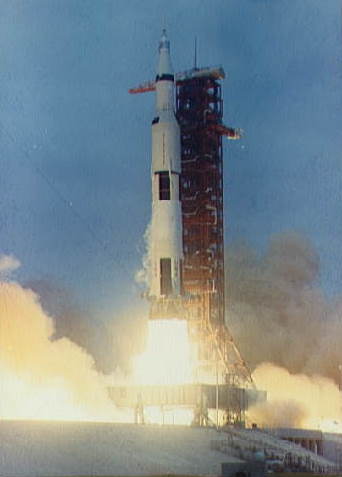Two space history items for today, May 28th:
Fifty years ago — on this date in 1959 — a Jupiter rocket lifted off from the Eastern Space and Missile Center at Cape Canaveral, carrying two female monkeys, “Able” and “Baker.” Able was a seven-pound rhesus monkey and Baker was a squirrel monkey that weighed less than a pound. The monkeys traveled 1700 miles downrange, reached an altitude of 360 miles, and survived “in good condition.”
In our second item, a Saturn rocket — designated SA-6 — launched from Cape Canaveral on this date in 1964. The unmanned launch tested the rocket and spacecraft components for the Apollo mission to the moon. It did not, however, carry any monkeys.
You can read more about Able and Baker on this Smithsonian page or in this NPR article.















